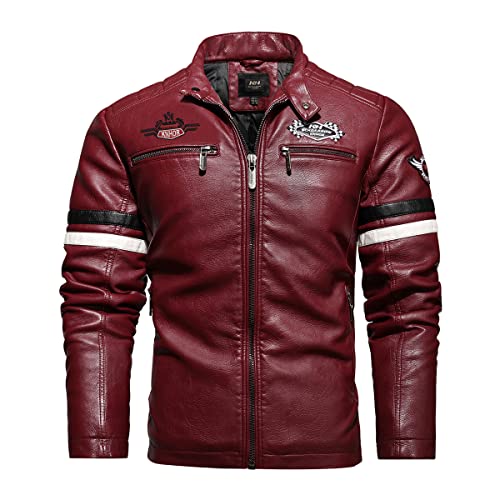I've been looking at
these
Our Squadron 3” x 3” light is the next generation of LED lighting! This light packs 3,600 Lumens that will truly annihilate the night.
The Squadron exceeds HID output yet weighs only 12oz.
Uses active Thermal Management, Single Layer Solid Core Copper Circuit Board and aircraft grade aluminum housing that maintains LED temperature within the defined operating limits.
If you’re looking for the ultimate in LED lighting technology the Baja Designs Squadron is your answer!
Features:
Available in two configurations. Driving and Spot using precision in house designed optics
Weight: 12oz
Waterproof, Submersible to 3 meters
Hard coated polycarbonate lens
Lifetime Warranty
Specifications:
Total Lumens: 3600
Housing: Billet Machined housing with stainless steel fasteners and mounts.
Front Lens: Hard coated Polycarbonate
Power Consumption: 44 watts
Uses four T6 Bin Cree XML LEDs at 5000K
25,000 hour LED life expectancy






































































